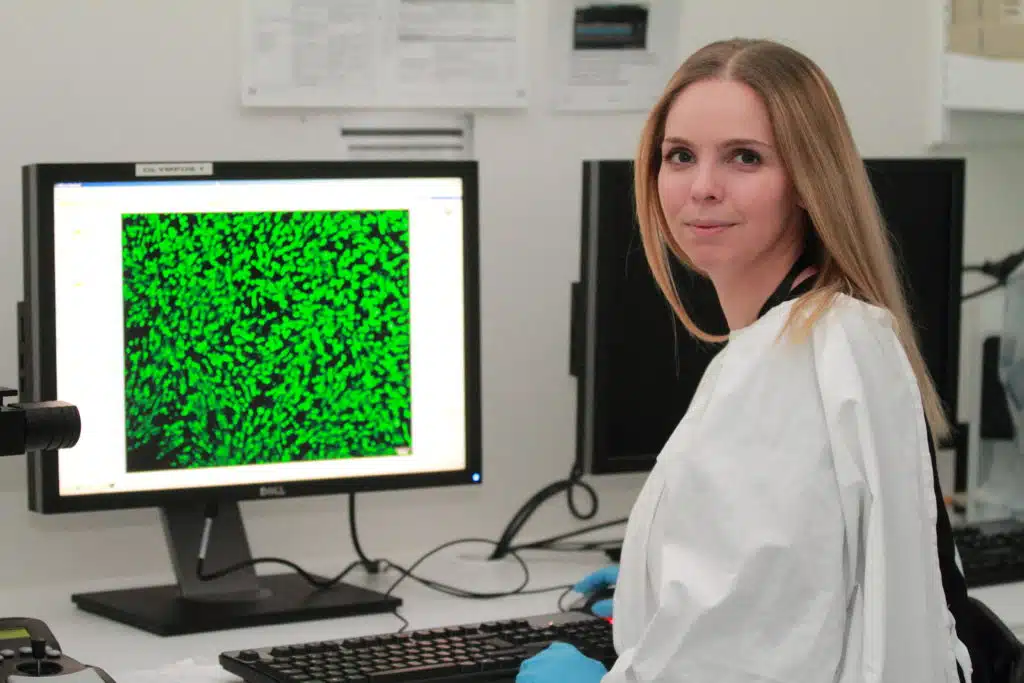A drug that showed promise in clinical trials for Duchenne Muscular Dystrophy (DMD) decades ago is back under the microscope and has now been shown to reduce muscle wasting in mice.
DMD is an incurable, fatal disease that affects mainly boys, at a rate of one in 5,000 globally.
Sufferers are usually wheelchair-bound by early adolescence. Their bodies lack a protein that helps muscle cells stay intact, so they progressively waste away. The disease is poorly treated—the only current treatment is corticosteroids, with side effects including weight gain and an increased risk of infection.
“We urgently need to find new treatments to improve the quality of life of boys with DMD,” says Dr Cara Timpani, a Postdoctoral Research Fellow at Victoria Univeristy who is leading the work.
“We looked at the literature and found a drug that was used back in the 1980s. But when the genetic cause of DMD was found, a lot of research—and funding—shifted toward diagnosis, so we continued from where this drug research was left, running trials in mice.
“We’ve shown that the non-toxic drug adenylosuccinic acid (ASA) protects muscle attached to the skeleton against damage, and limits the replacement of this muscle with non-functional tissue, such as fat.”
If it could be replicated in humans, Cara says the treatment could delay the need for wheelchairs, home modifications and respirators.
Next, they plan to investigate whether it extends the lifespans of mice.
These results support the findings of a small clinical trial from the 1980-1990s, the funding of which was discontinued shortly after the genetic origins of DMD were discovered.
“We hope to move to clinical trials in humans within the next five years,” Cara says.
The approach could also be used to prevent loss of muscle mass in the elderly and those undergoing chemotherapy.

Cara is dedicated to finding new treatments for Duchenne Muscular Dystrophy. Credit: Dr Emma Rybalka






 Fresh Science is on hold for 2022. We will be back in 2023.
Fresh Science is on hold for 2022. We will be back in 2023.